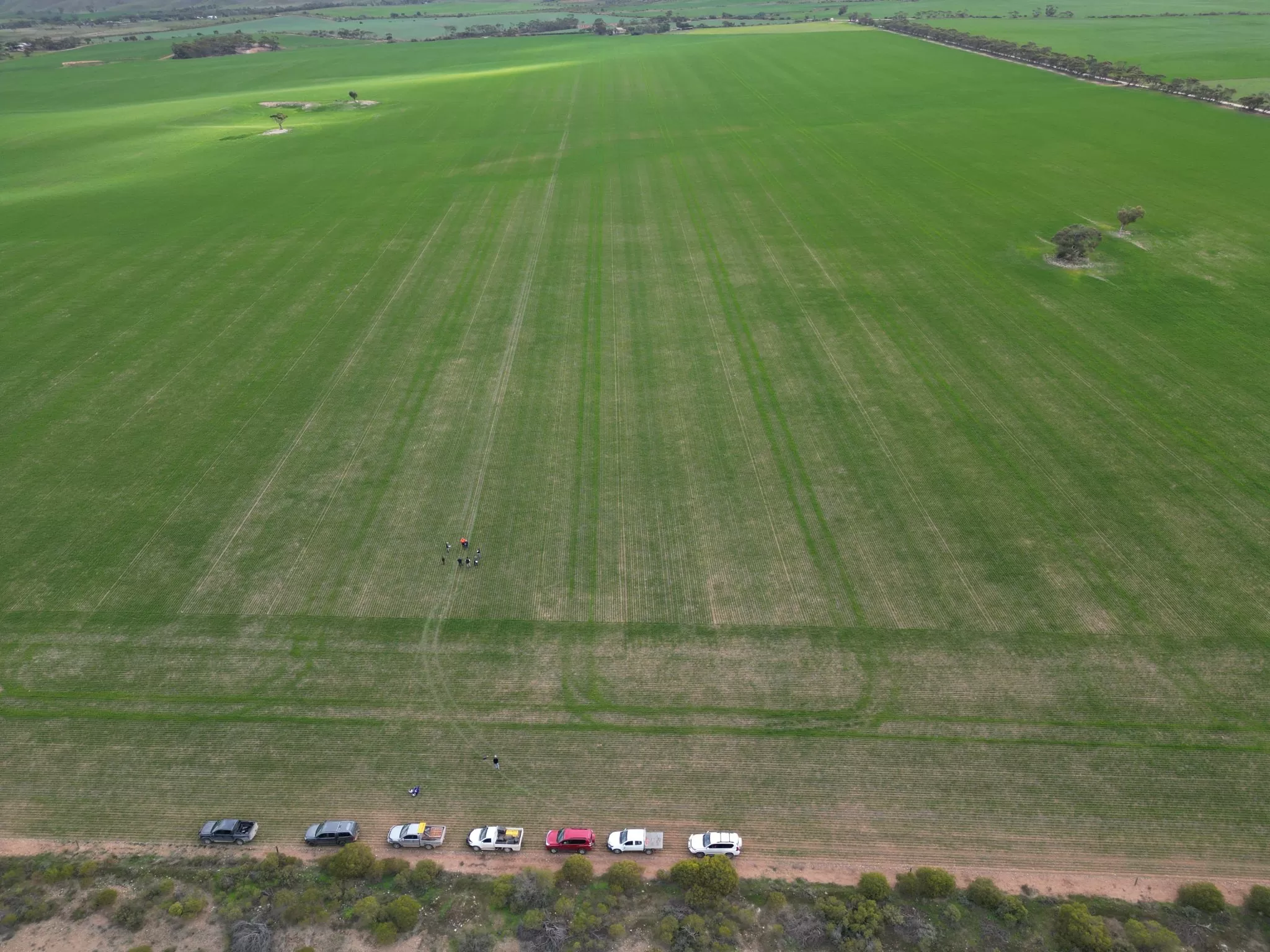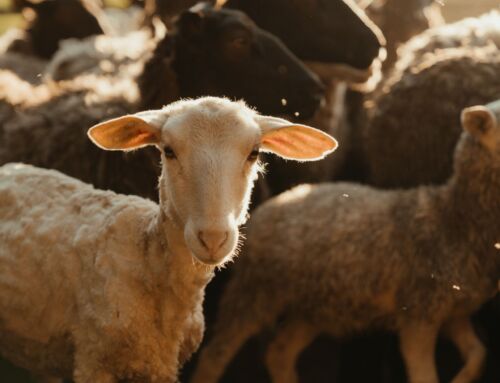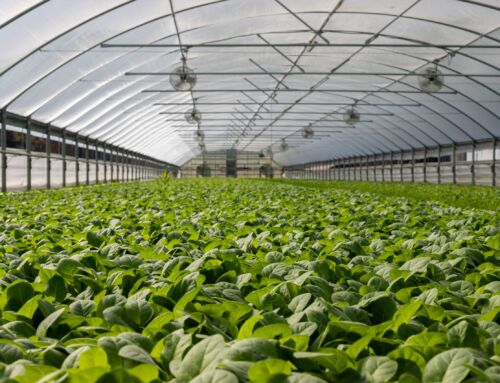Variable Rate Technology (VRT) holds immense promise for farmers, but several barriers have hindered its widespread adoption. Let’s take a closer look at some of the key obstacles:
- Cost Concerns: The initial investment required for VRT equipment and software can be daunting, especially for smaller or resource-constrained farms. The purchase of precision farming tools like variable-rate applicators and GPS-enabled machinery may seem out of reach for many farmers.
- Knowledge Gap: Understanding, implementing, and operating VRT systems demands specialized knowledge and skills. Unfortunately, many farmers lack the necessary training or technical expertise to embrace and effectively utilize these technologies.
- Data Dilemma: Successful VRT implementation relies heavily on accurate and reliable data, such as soil maps, yield data, and weather information. Gathering, managing, and analyzing this data can be a daunting task, especially for farmers who lack access to advanced data management tools and resources.
- Compatibility Challenges: VRT systems often involve the integration of various hardware and software components from different manufacturers. Ensuring compatibility between these systems can be a complex and costly endeavor. Additionally, limited access to technical support exacerbates these challenges, making it difficult for farmers to adopt and troubleshoot VRT systems effectively.
- Return on Investment Uncertainty: Some farmers may hesitate to invest in VRT technologies due to concerns about the return on investment (ROI). The benefits of VRT, such as increased yields and cost savings, may take time to materialize, making it challenging for farmers to justify the upfront expenses. Moreover, the advantages of VRT may not be as significant for smaller farms or those with uniform paddocks.Addressing these barriers requires a united effort. That’s why Sean Mason, our Agronomy Solutions expert, took the time to visit focus groups at Lameroo, Lowbank, and Murray Plains. During crop walks, Sean discussed the influence of paddock variability on fertiliser requirements, examined in-crop biomass responses, and emphasized the importance of tissue analysis. The aim is to demonstrate how VRT can enhance gross margins at a paddock level and provide reliable decision-making across future cropping seasons.
At MSF, we believe in the power of VRT to deliver maximum returns amidst uncertain growing seasons and volatile grain and fertiliser prices.
That’s why our project seeks to promote the adoption of VRT among our focus groups and overcome the barriers that prevent wider implementation. We are immensely grateful to our focus groups for their participation and would also like to acknowledge the support of the SA Drought Hub, funded by the Australian Government Future Drought Fund.
Be sure to mark your calendars for our upcoming session in late Spring, where we’ll delve into machinery compatibility issues and harvester yield mapping setup with PA expert Peter Treloar. Together, we can revolutionize farming practices and unlock the full potential of VRT in the SA Mallee region and beyond.



